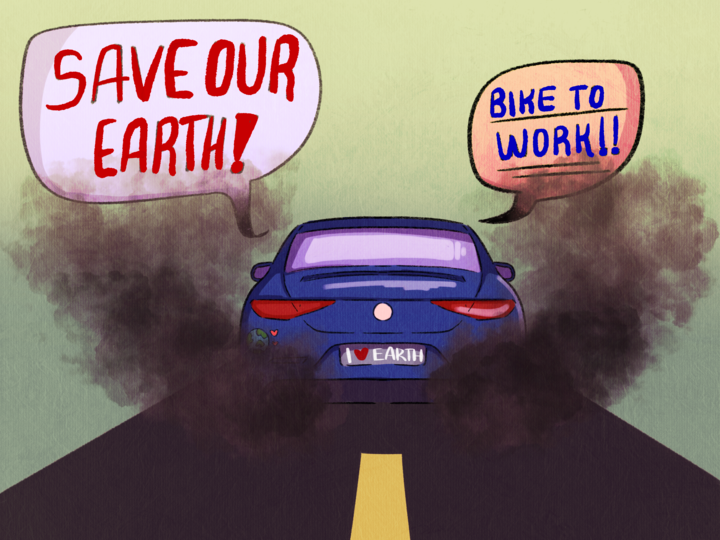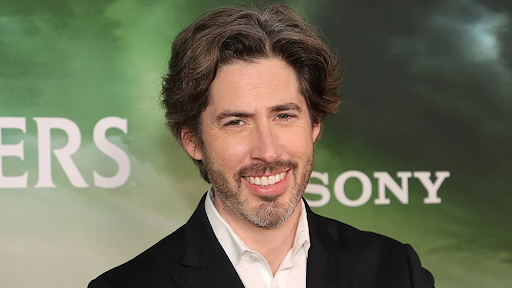There is perhaps no work of American literature more beloved than Harper Lee’s “To Kill a Mockingbird”—the film adaptation being equally well-regarded.
The book appears on All-TIME 100 Novels, and the film is No. 25 on the American Film Institute’s 100 Greatest American Films. Atticus Finch, the novel’s secondary protagonist, appears as No. 1 on AFI’s 100 Greatest Heroes. Imagine, then, the fan outrage as Lee’s previously unreleased work, “Go Set a Watchman,” debuted July 13 and revealed that Atticus himself is, and was, actually a bigot.
The Atticus of this novel, previously known for such profound quotes as, “Sometimes the Bible in the hand of one man is worse than a whiskey bottle in the hand of another,” now says things like, “The Negroes down here are still in their childhood as a people.” Yikes. So how do fans reconcile this sharp contrast? Well, one way is to deny the canon status of “Watchman” altogether.
In truth, the work is not even meant as a direct follow-up to Mockingbird, though it has been marketed as such. The new novel was actually written pre-Mockingbird and was essentially Lee’s first attempt at writing her better-known work. When her editor suggested instead telling the story of the trial only hinted at in “Watchman,” Lee switched gears and left that draft behind. With this in mind, “Watchman” is truly more of a “what if?” tale—a look into an alternate universe at what “To Kill a Mockingbird” almost was and could have been.
Speaking of alternate universes, the world of American superhero comic books has much to offer Atticus Finch fans in their current predicament. Take the character of Batman, who last year celebrated the 75th anniversary of his first appearance in a comic book. With such a long fictional history, the character has endured countless permutations across not only comics, but also film, television and video games.
Inevitably, some of these portrayals strike fans as … less than ideal. (Looking at you, Batman and Robin.) To that end, comic book purists have developed the concept of “internal continuity,” or a personal narrative for a character in which only well-received stories are considered canon.
In an article on movie franchise continuity for IGN, comic book writer Joey Esposito once wrote, “Continuity … has taken on a life of its own. Many readers desperately want the elements of a universe … to line up perfectly. But they never will.”
So for Atticus Finch fans, perhaps the best course of action is to view the racist Atticus of “Watchman” as completely separate from the wise, old lawyer readers came to love in “Mockingbird.” Who’s to say what really did or didn’t happen in a fictional universe that exists only on a page, on a screen or in fans’ minds? As Esposito also wrote, “Continuity is rarely anything more than a distraction from good storytelling.”
Of course, not all fans are troubled by the new developments present in “Go Set a Watchman.” Some view Atticus’s portrayal as realistic, considering his age and location within the context of the story. After all, how much political correctness can be reasonably expected from a 70-year-old white man in the Deep South? In a world full of moral grays, Lee is certainly justified in presenting a character who is equal parts hero and villain.








